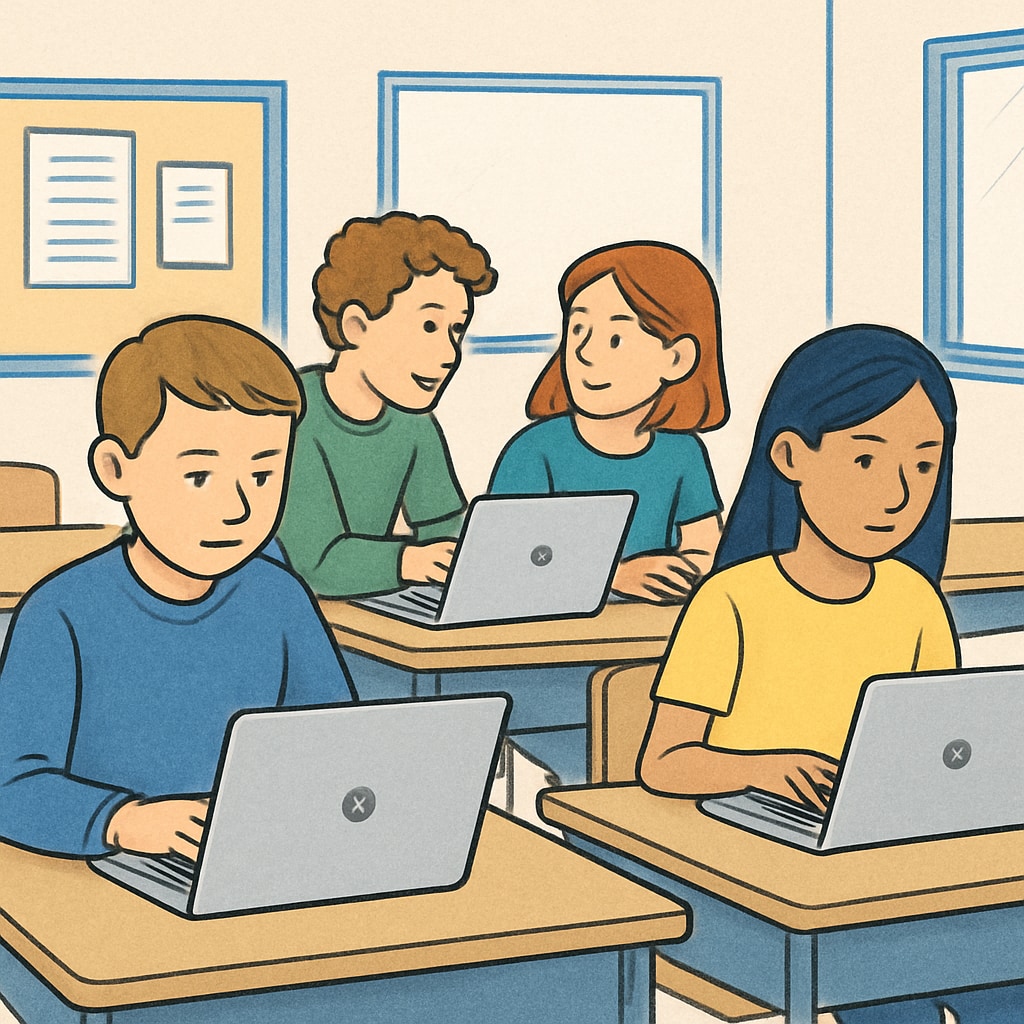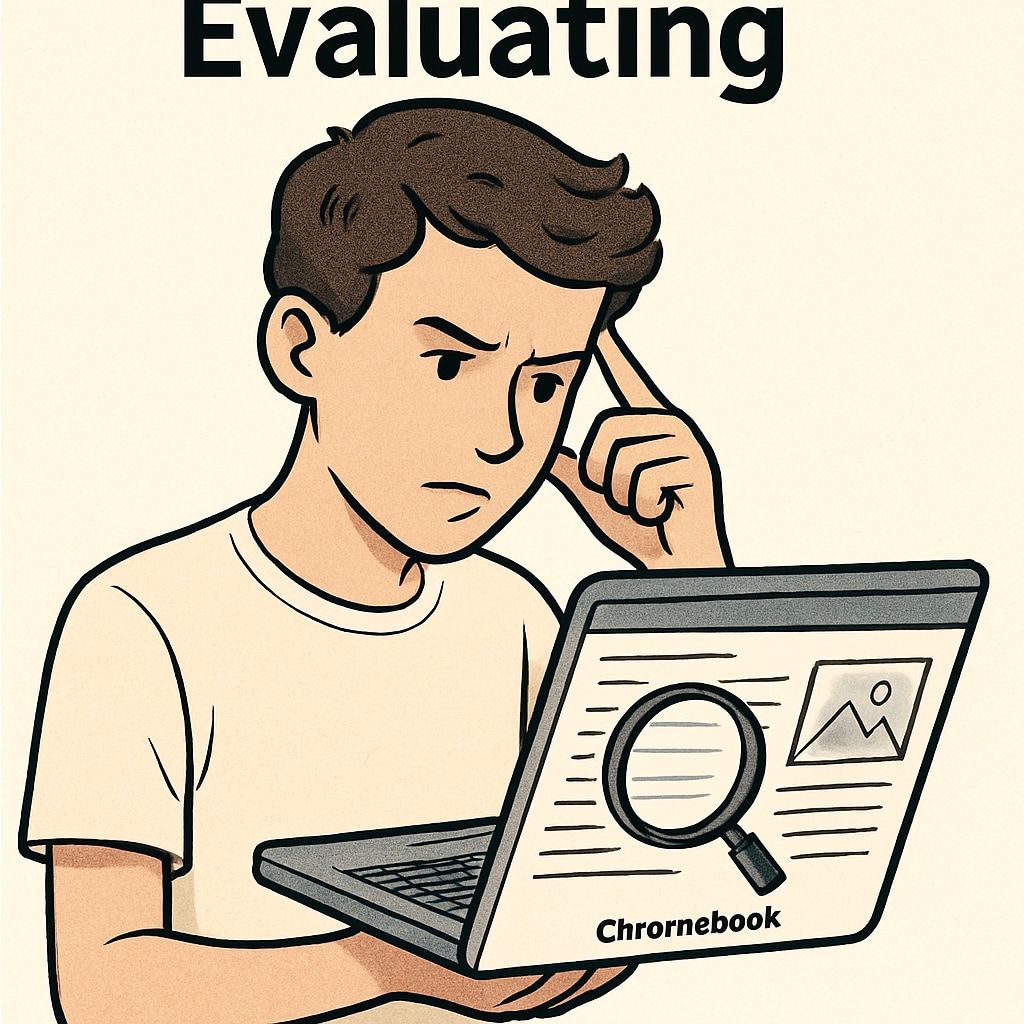In today’s classrooms, educational technology tools like Chromebooks are transforming the learning experience. These devices enable students to access vast resources, streamline assignments, and collaborate effortlessly. However, while enhancing efficiency, the increasing reliance on technology raises concerns about its impact on critical thinking skills. Are students learning to question, analyze, and evaluate information—or are they becoming overly dependent on automated solutions? This article examines the delicate balance between leveraging educational technology and nurturing critical thinking in K-12 education.
The Efficiency Paradox: Technology’s Impact on Learning
Educational tools like Chromebooks have undeniably revolutionized teaching methods. Teachers can now present interactive lessons, provide immediate feedback, and monitor students’ progress with ease. For example, apps like Google Classroom simplify assignment management, while digital quizzes offer instant results.
However, this efficiency comes at a cost. In many cases, students rely heavily on pre-designed templates and automated processes, bypassing the need to critically analyze problems or develop solutions independently. While technology accelerates task completion, it may inadvertently discourage deep thinking.

Critical Thinking: A Skill in Jeopardy?
Critical thinking—the ability to objectively analyze and evaluate information—is a cornerstone of lifelong learning. It enables students to distinguish between credible sources and misinformation, make informed decisions, and apply knowledge creatively.
Unfortunately, the digital-first approach in classrooms might be undermining the cultivation of these skills. For instance, rather than exploring multiple solutions to a problem, students often opt for the quickest answer provided by online tools or apps. This reliance reduces opportunities for brainstorming, questioning assumptions, and evaluating alternatives—all key components of critical thinking.

How Educators Can Strike the Right Balance
To ensure a harmonious integration of technology and critical thinking, educators must adopt intentional strategies:
- Encourage active questioning: Teachers should design assignments that require students to ask why, how, and what-if questions to deepen their understanding.
- Combine technology with traditional methods: Blended learning models that mix digital tools with hands-on activities can foster both efficiency and analytical skills.
- Teach digital literacy: Students should learn to critically evaluate information sources and recognize biases in online content.
- Promote collaborative problem-solving: Group projects can help students exchange ideas, argue perspectives, and arrive at shared conclusions.
By implementing these strategies, educators can ensure that technology enhances learning without compromising critical thinking development.
The Road Ahead: Rethinking Educational Technology
As schools continue to integrate digital tools like Chromebooks, it is essential to periodically assess their pedagogical impact. Are students becoming more productive, or are they merely engaging in surface-level learning? This question should guide decisions around future investments in educational technology.
Moreover, policymakers and school administrators must prioritize teacher training programs that focus on balancing technology use with critical thinking instruction. A thoughtful approach can create classrooms where efficiency and intellectual growth coexist harmoniously.
In conclusion, while educational technology has reshaped K-12 education for the better, its potential drawbacks cannot be ignored. Striking a balance between technological efficiency and the cultivation of critical thinking is not just a challenge—it is a necessity for preparing students to thrive in the complexities of the modern world.
Readability guidance: Use short paragraphs and lists to summarize key points; avoid dense text. Incorporate transitional phrases (e.g., “however,” “in addition,” “for example”) to maintain logical flow. Position {{IMAGE:…}} placeholders appropriately to visually complement the text. Ensure active voice predominates for clarity.


